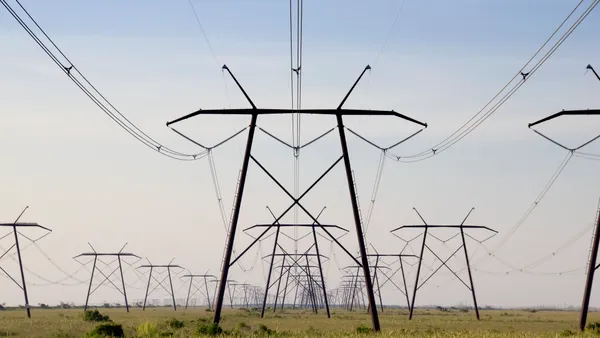Dive Brief:
- Capacity auctions aimed at ensuring resource adequacy for the Midcontinent ISO are largely focused on summer peaks, potentially leaving the grid with insufficient power during an extreme winter, RTO Insider reports.
- To counter that, the grid operator is considering two seasonal capacity auctions, one targeting a four-month summer season and the other addressing the colder months. MISO developed the draft proposal in November, as a compromise to parties pressing for four auctions. The auctions would have distinct resource requirements, import limits and reserve margins.
- MISO has also developed a team to consider how best to bring merchant generators into its Zone 4, in Illinois, where retail choice means the state is relying heavily on wholesale markets for resource adequacy.
Dive Insight:
A two-day stakeholder meeting held last week could result in two significant changes to the MISO grid that helps to bolster reliability and allow for merchant generators in Illinois' choice market. In addition to proposing a two-season capacity auction system, RTO Insider reports the meeting produced a Supply Adequacy Working Group Task Force that would focus on the merchant generators.
According to a draft proposal from MISO, resource adequacy requirements "are summer-focused, which do not explicitly ensure the MISO region is resource adequate throughout the Planning Year and do not provide sufficient flexibility to allow the efficient use of resources to meet seasonal demand and risk profiles."
After last year's winter, MISO staff, along with stakeholders, began to evaluate the impact of season-specific issues on resource adequacy. That effort resulted in the new auction proposal, which would include a four-month summer season running June to September, and an eight-month winter season.
The proposal maintains MISO's current planning year, which runs from June-May.
"In an extreme case, resources procured through the current summer-focused RARs may not be
enough to serve peak demand during the winter, depending on resource availability and
performance within the footprint," according to the draft proposal.













